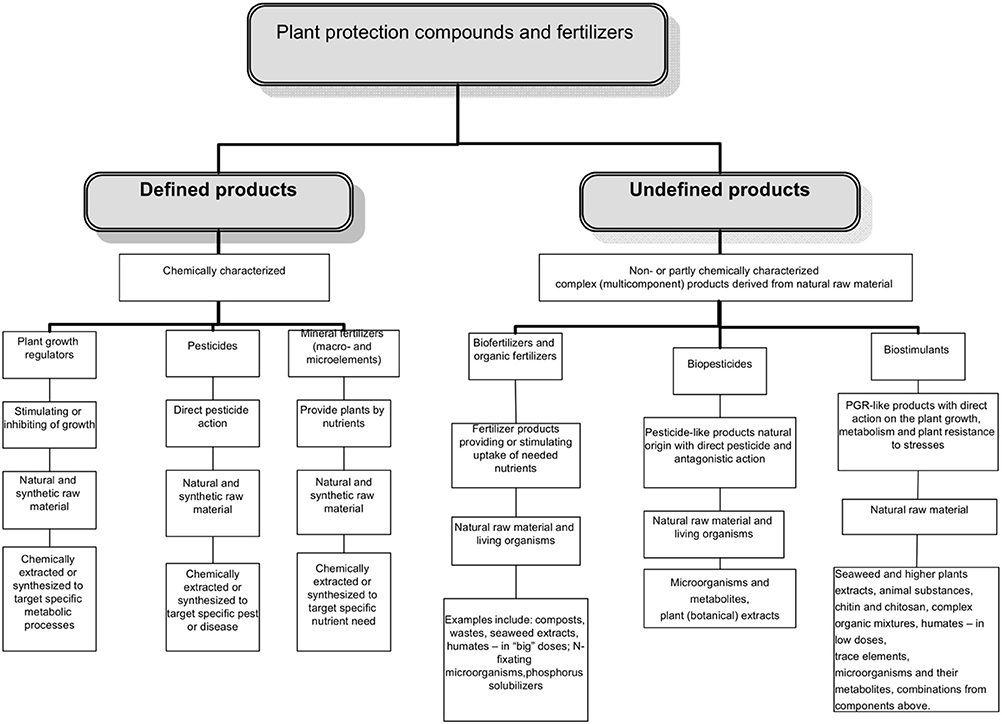Pdf Handbook Of Biofertilizers And Microbial Pesticides Pdf
- 3 Comments!

Author by: Mahendra Rai Language: en Publisher by: CRC Press Format Available: PDF, ePub, Mobi Total Read: 58 Total Download: 326 File Size: 55,7 Mb Description: Sharply focused, up-to-date information on microbial biofertilizers—including emerging options such as Piriformospora indica and Matsutake The Handbook of Microbial Biofertilizers provides in-depth coverage of all major microbial biofertilizers (rhizobia, arbuscular mycorrhizal fungi, and cyanobacteriaas well as new and emerging growth promoters (endophytes). Krasnooskoljskoe vodohranilische karta glubin. It examines the role of microbes in growth promotion, bioprotectors, and bioremidiators, and presents protocols and practical strategies for using microbes in sustainable agriculture. An abundance of helpful charts, tables, and figures make complex information easy to access and understand.
Pravoslavnij Svyato-Tihonovskij Gumanitarnij Universitet v Moskve yavlyaetsya vis- shim uchebnim zavedeniem Russkoj Pravoslavnoj Tserkvi. K nastoyaschemu vremeni Universitet podgotovil 11 vipuskov (bolee 1500 vipusknikov). Universitet uchrezhden Svyatej- shim Patriarhom Moskovskim i vseya Rusi Aleksiem II v 1992 godu.
Reduce the use of chemical fertilizers and pesticides.Bio-fertilizers provide. Organisms and accelerate those microbial. In the use of biofertilizers have paved.
Author by: Leo M.L. Nollet Language: en Publisher by: CRC Press Format Available: PDF, ePub, Mobi Total Read: 74 Total Download: 506 File Size: 44,5 Mb Description: The need to feed an ever-growing global population combined with increasing demand for sustainable agricultural practices has generated a significant rise in demand for biopesticides. By responding concurrently to the interests of farming, forestry, and industrial sectors, biopesticides offer a considerable potential for utilization in sustainable agriculture. The Biopesticides Handbook details the benefits of biopesticides all along the food chain, offering a full spectrum and review of the range of organisms and organic products that may be used in the biological control of insects. Exploring not only the benefits but all aspects of biopesticides, the book discusses the uses and abuses of biopesticides that have been in circulation for more than 50 years, as well as more recent advances in this area. It describes the metabolism of these biopesticides and offers the best mode of action to prove environmental safety, detailing the present status of biopesticide residue in foodstuffs, soil, and water.
The chapters review the regulatory schemes worked out by different countries and/or supranational authorities for biopesticides, the possible uses of pheromones, oil, plant extracts, wastes, and fungi as biopesticides. When all the features are added, the advantages of biopesticides in crop protection suggest that utilization of this class of pesticides can be a highly attractive proposition. In view of the potential environmental problems associated with the use of chemicals in crop protection, EPA and other agencies may consider establishing centers for large-scale production of biopesticides and for the training of the users (farmers) and suppliers. This book helps you select the appropriate biopesticides for your uses and explore future biopesticides and their uses. Author by: Wani, Khursheed Ahmad Language: en Publisher by: IGI Global Format Available: PDF, ePub, Mobi Total Read: 94 Total Download: 646 File Size: 44,5 Mb Description: Certain types of pesticides are widely used in agriculture in all parts of the world due to their relatively low cost, broad spectrum of activity, and high efficiency. These pollutants contaminate not only the surrounding soils and water but, in many cases, also enter into the drinking water.
The Handbook of Research on the Adverse Effects of Pesticide Pollution in Aquatic Ecosystems provides emerging research exploring the theoretical and practical aspects of the prevention of accumulation of toxic pollutants such as agrochemicals and organochlorine pesticides in aquatic ecosystems and applications within ecology and agriculture. Featuring coverage on a broad range of topics such as pesticide monitoring, metabolites, and risk assessment, this book is ideally designed for scientists, researchers, engineers, policymakers, agricultural specialists, industrialists, academicians, and students seeking current research on the risks of water contaminants in small ecosystems. Author by: NPCS Board of Consultants & Engineers Language: en Publisher by: ASIA PACIFIC BUSINESS PRESS Inc. Format Available: PDF, ePub, Mobi Total Read: 59 Total Download: 789 File Size: 49,9 Mb Description: Biopesticides are certain types of pesticides derived from such natural materials as animals, plants, bacteria, and certain minerals. Agricultural pesticides, properly used, are essential in supplying the food requirements of the world ever growing population.
The use of synthetic pesticides affects the health of human being. The indiscriminate use of pesticides has adversely affected the health of the soil.
The residual pesticides in the soil not only affect the soil quality but also the water quality, as they get leached into the ground water. Due to these reasons, role of biopesticides are very important for sustainable agriculture. The use of biopesticides for sustainable agriculture is a complex issue that at times is difficult to comprehend and plan. Biopesticides are usually inherently less toxic than conventional pesticides. They generally affect only the target pest and closely related organisms, in contrast to broad spectrum, conventional pesticides that may affect organisms as different as birds, insects, and mammals.